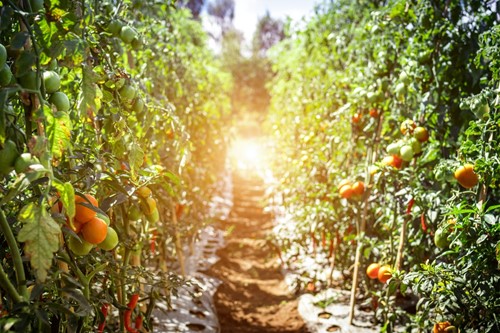
Companion planting is the practice of placing certain plants next to each other in your garden for various benefits. While some plants don’t play nicely together and should be planted far apart, others thrive in proximity with specific companion plants.
If you’re interested in taking your vegetable garden to the next level, here is some information about the benefits and applications of companion planting you should know:
Depending on the combination of plants, there can be multiple benefits to companion planting. Some primary benefits are:
While there are many beneficial combinations of companion plants to consider for your garden, there are also some plants you should keep away from each other.
Plants that attract the same kind of pest can leave both vulnerable to infestation. For example, tomatoes, eggplant, peppers and potatoes all have foliage hornworms love to eat. So, if you’re growing tomato plants, reconsider where you want them before planting near any of these other vegetable plants.
Another potential issue in companion planting is that some plants inhibit the growth of others by releasing certain chemical compounds into the soil. Fennel is one such plant, as are walnut and butternut trees.
It’s also important to follow planting guidelines for proper spacing. Making sure each plant has enough space to grow - both above ground and below - is paramount to a happy garden.
No matter what type of garden you have at home, knowing the basics of companion planting will benefit you and your plants.

As a top producing agent, I specialize in Oakland and S. Genesee County areas. I work with all types of Buyers and Sellers, including first time, move up, relocation, second homes, luxury homes & investors. I am a company top producer with Real Estate being my full time job. Through out my over 20 years in the business, I have been actively involved in my local Board of Realtors serving as a committee chairman, a member of the Board of Directors and as past president of my local board of Realtors. I love my job and love all things real estate. My goal is to provide you with an experience above and beyond your expectations so you will want to refer me to your friends and family. I constantly strive to build a strong working relationship with my clients. My goal is to be “Your Realtor for Life”. Let me make you and your Real Estate needs my number 1 Priority!